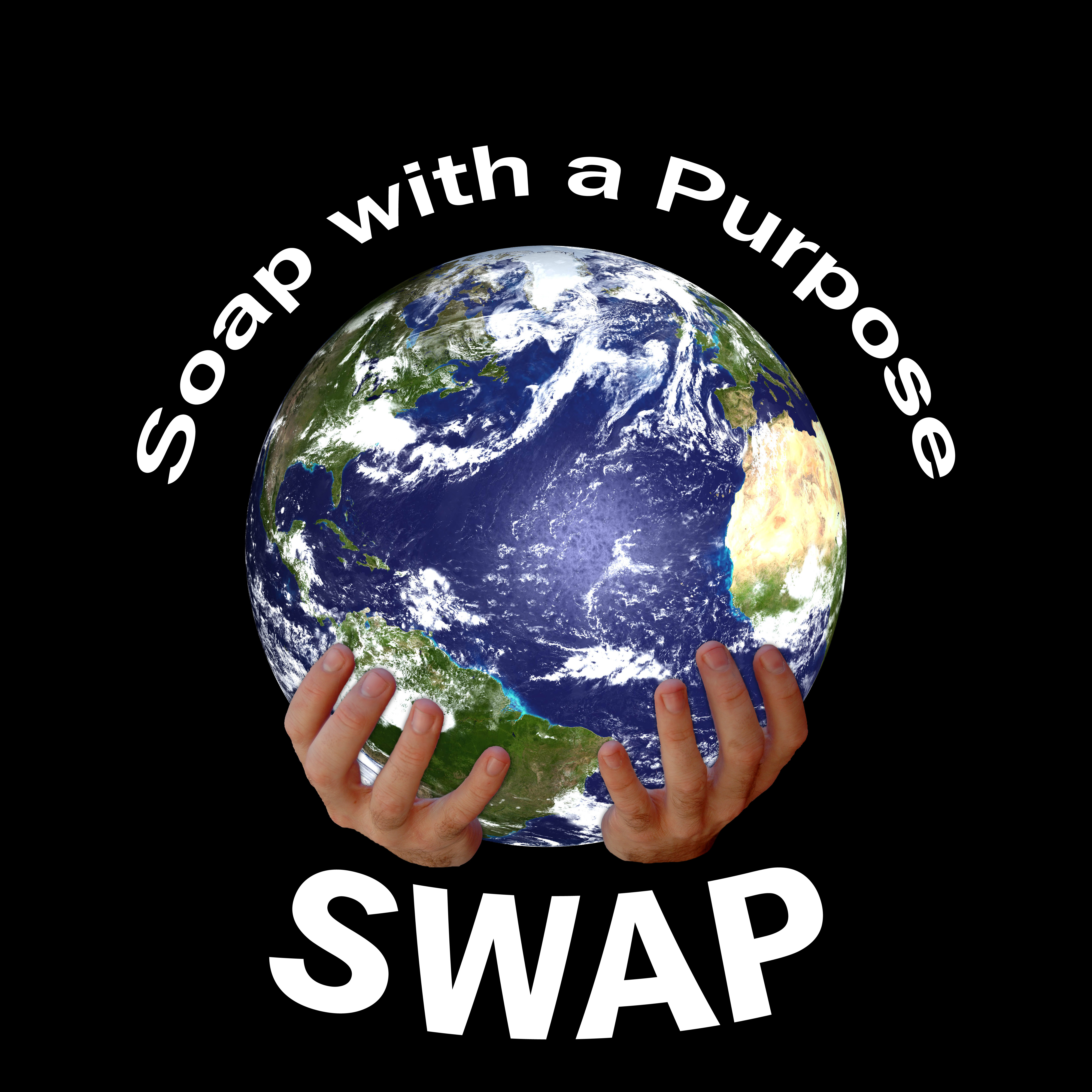Soap with a Purpose
Education
Wirthlin Worldwide, an international research firm, conducted a Hand washing Observational and Telephone Survey in August 1996 for the Bayer Corporation Pharmaceutical Division, in association with the American Society for Microbiology. Among their findings:
People do not wash their hands as often as they think they do. Wirthlin’s telephone survey found that 94% of respondents (1004 adults) claimed they always wash up after using the restroom. The observational survey viewed 6333 adults in public restrooms in New York , Chicago , Atlanta , New Orleans and San Francisco (3236 males and 3097 females) and found that only 68%, in fact, did so.
Women washed their hands more often than men (74% versus 61%).
The telephone survey found that people are most likely to say they wash their hands after changing a diaper (78%) and before handling or eating food (81%). Questioned about other activities, far fewer said they washed their hands after petting an animal (48%), coughing or sneezing (33%), or handling money (22%).
For more information call Barbara Hyde or Jim Sliwa at ASM, (202) 942-9206 ; or Don Hyman of Bayer Pharmaceutical Division, (203) 812-6545 .
A study of 305 Detroit school children found that youngsters who washed their hands four times a day had 24% fewer sick days due to respiratory illness, and 51% fewer days lost because of stomach upset. Under the supervision of Dr. Susan Longe (then at Providence Hospital and Medical Centers, Southfield, MI) teachers in six classrooms had children wash their hands on arrival, before lunch, after recess, and before leaving for the day. The students’ sick days for a 37-day period were compared to eight other classrooms that did not have scheduled hand washing. Although the hand washing reduced sick days, it had no effect on visits to the doctor, prescription or OTC drug use, or parents’ loss of time at work.
Reported by Reuters New Media, 12/10/96
A review of surveillance data for U.S. food borne disease outbreaks over a five-year period (1988 – 1992) by the Centers for Disease Control and Prevention found that, of 2874 outbreaks, contributing factors were reported in 1435 and that poor personal hygiene was a contributing factor in over a third (514) of them.
Nancy H. Bean et al., Journal of Food Protection , Vol. 60, No. 10, 1997; 1265-1286
Plain hand soaps, ant microbial hand soaps, E2 rated hand soaps (a USDA Classification requiring equivalency to 50 parts per million chlorine), and instant hand sanitizers were evaluated for their effectiveness in reducing bacteria on hands. Results showed that all three types of hand soaps were effective, when using a 20-second wash procedure, in reducing bacteria on hands, with the E2soaps significantly more effective than the other two types of soaps. The instant hand sanitizers resulted in a significant increase in bacterial numbers on hands.
Mary L. Miller et al., Dairy, Food and FDA Foods USDA FSIS Environmental Sanitation, Vol. 14, No. 3, 1994; 155-160

Contact Us
972-814-6802
soapwithapurpose@gmail.com
Please add us to your Facebook.
© 2025 Soap with a Purpose, LLC - All rights reserved